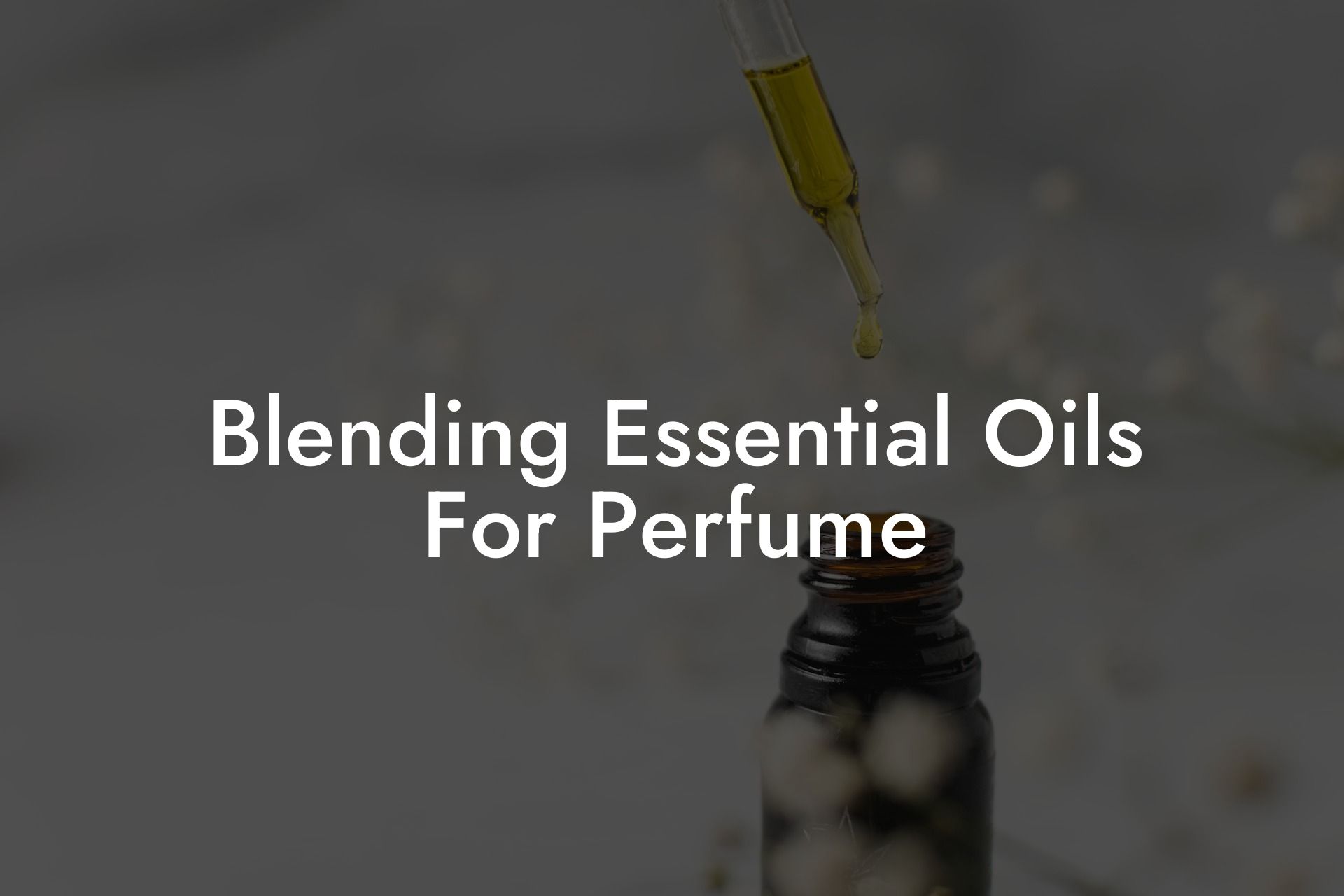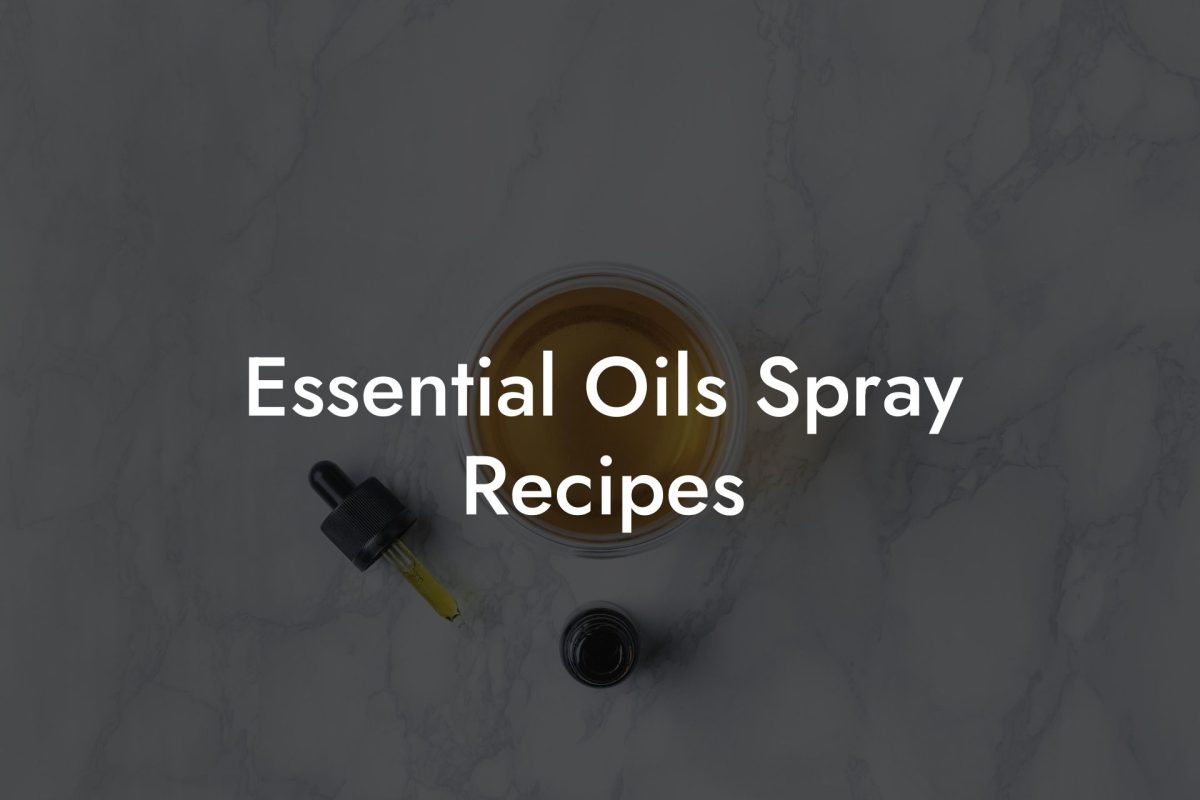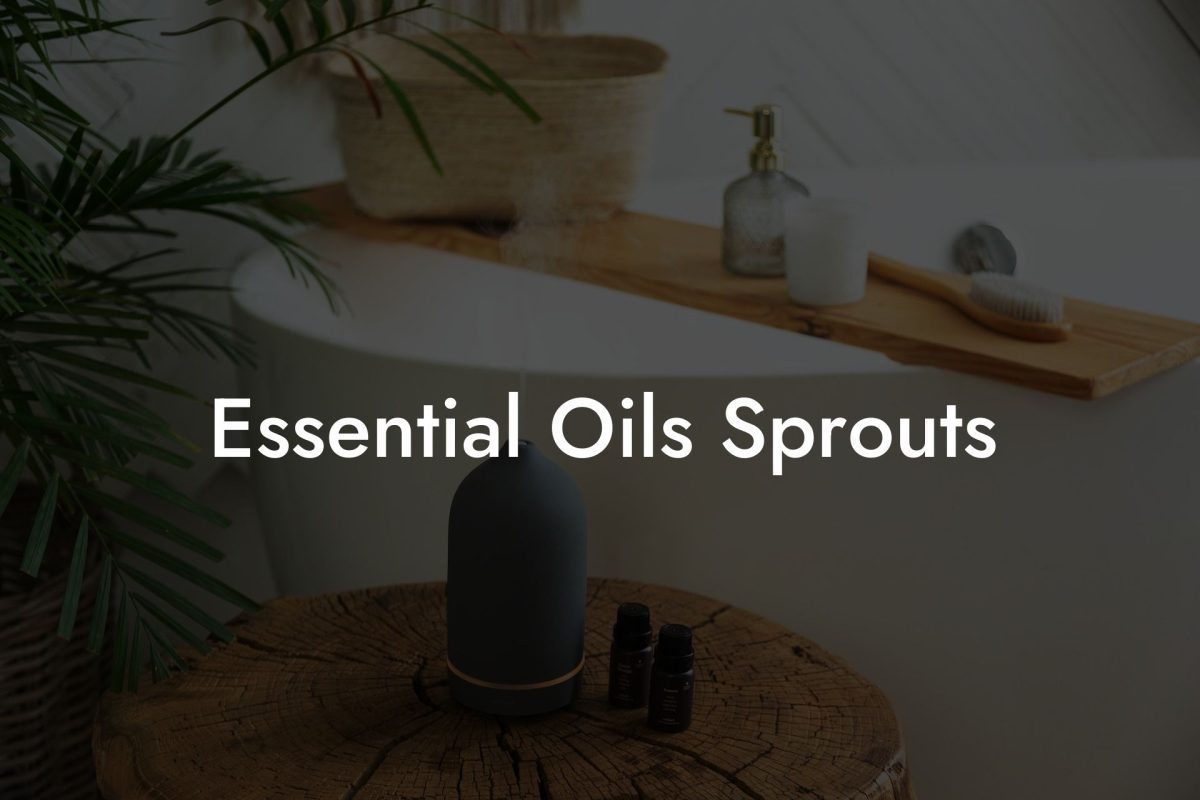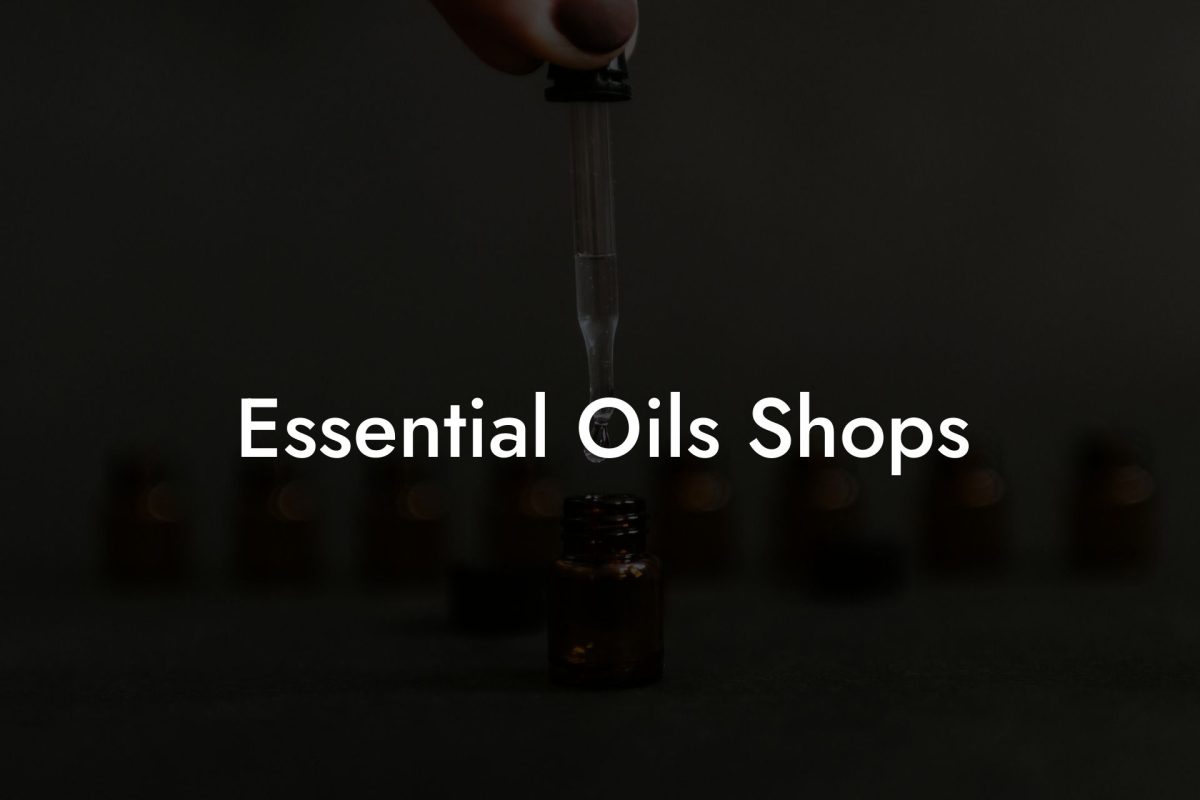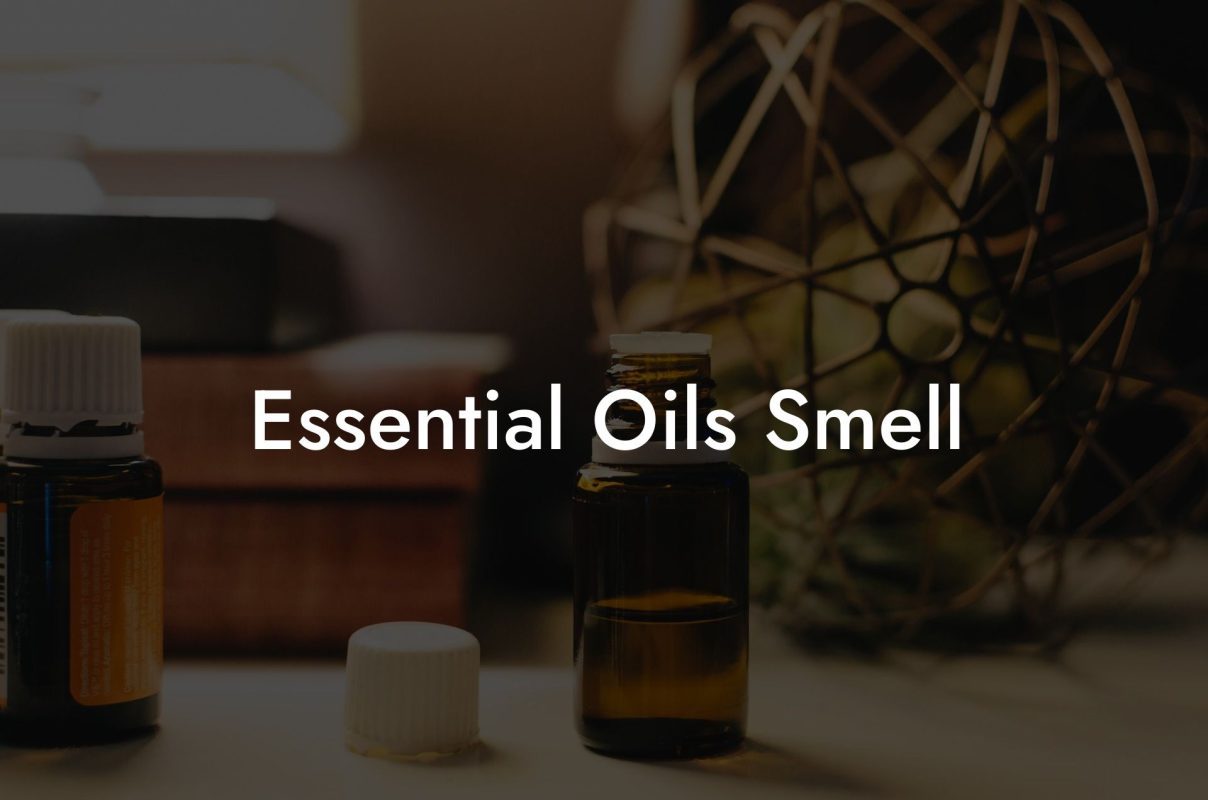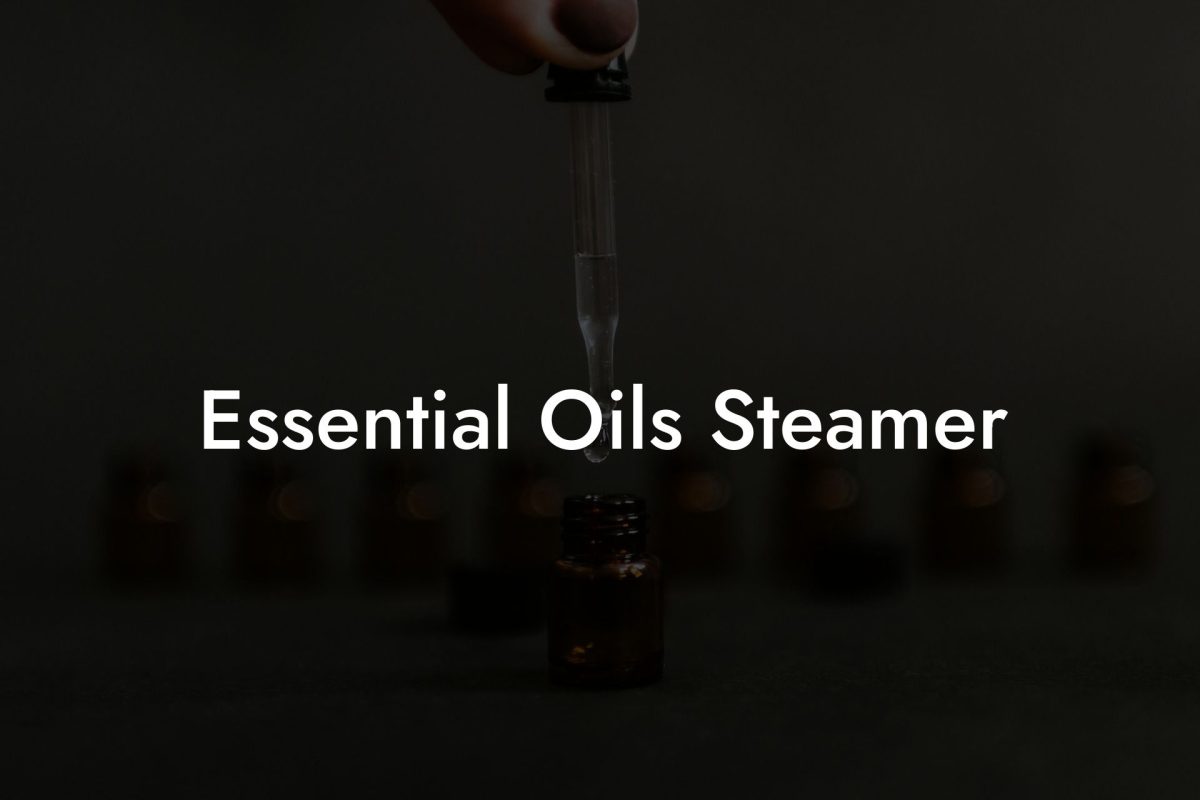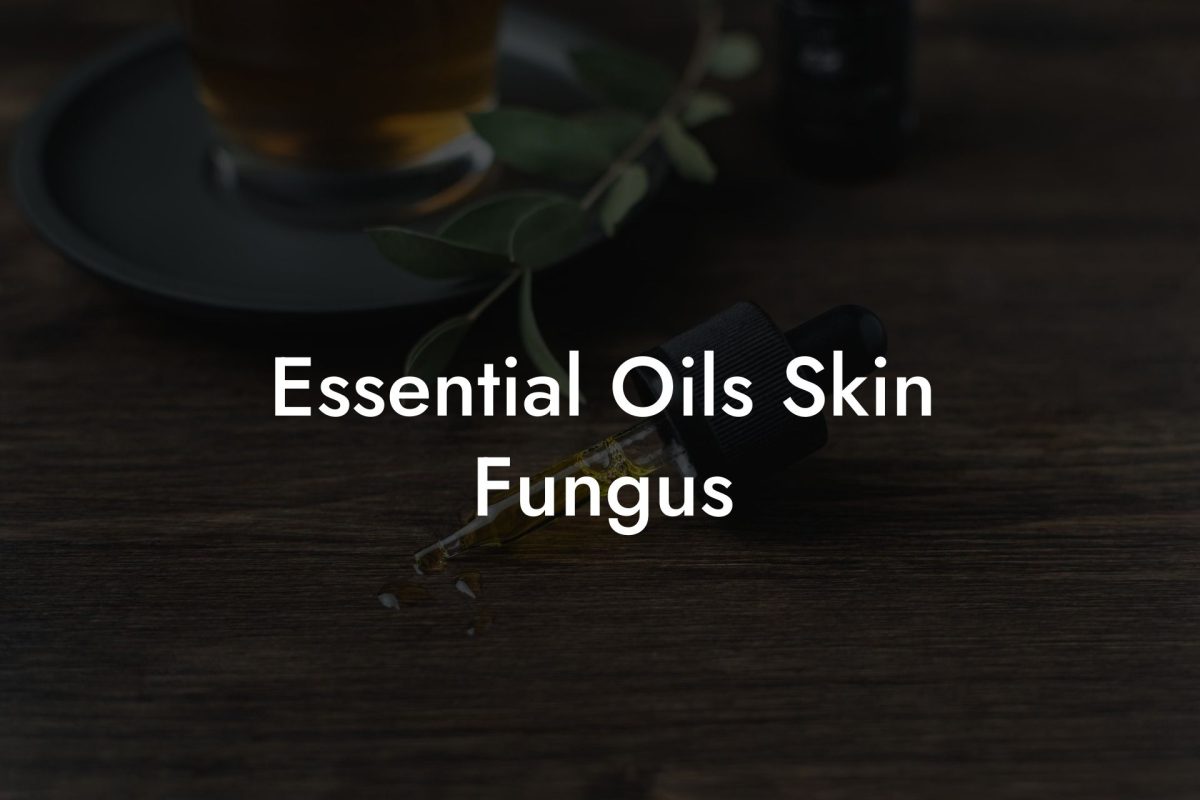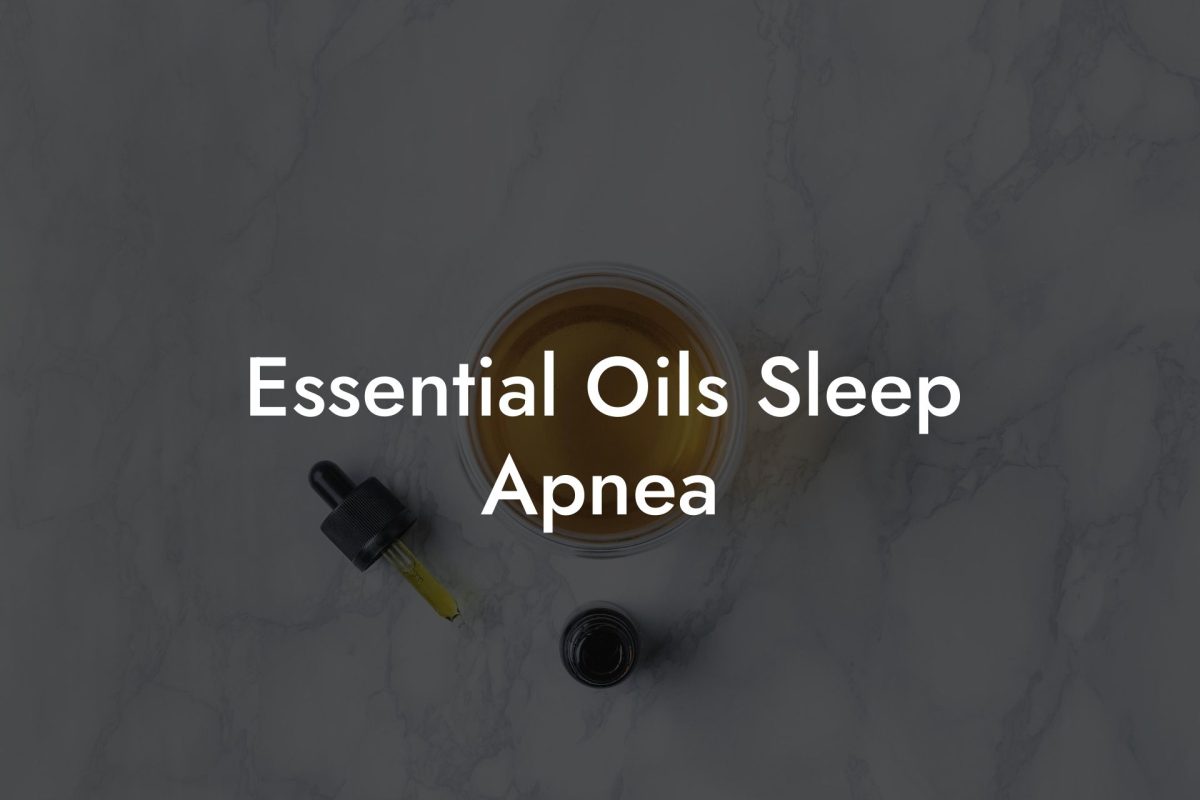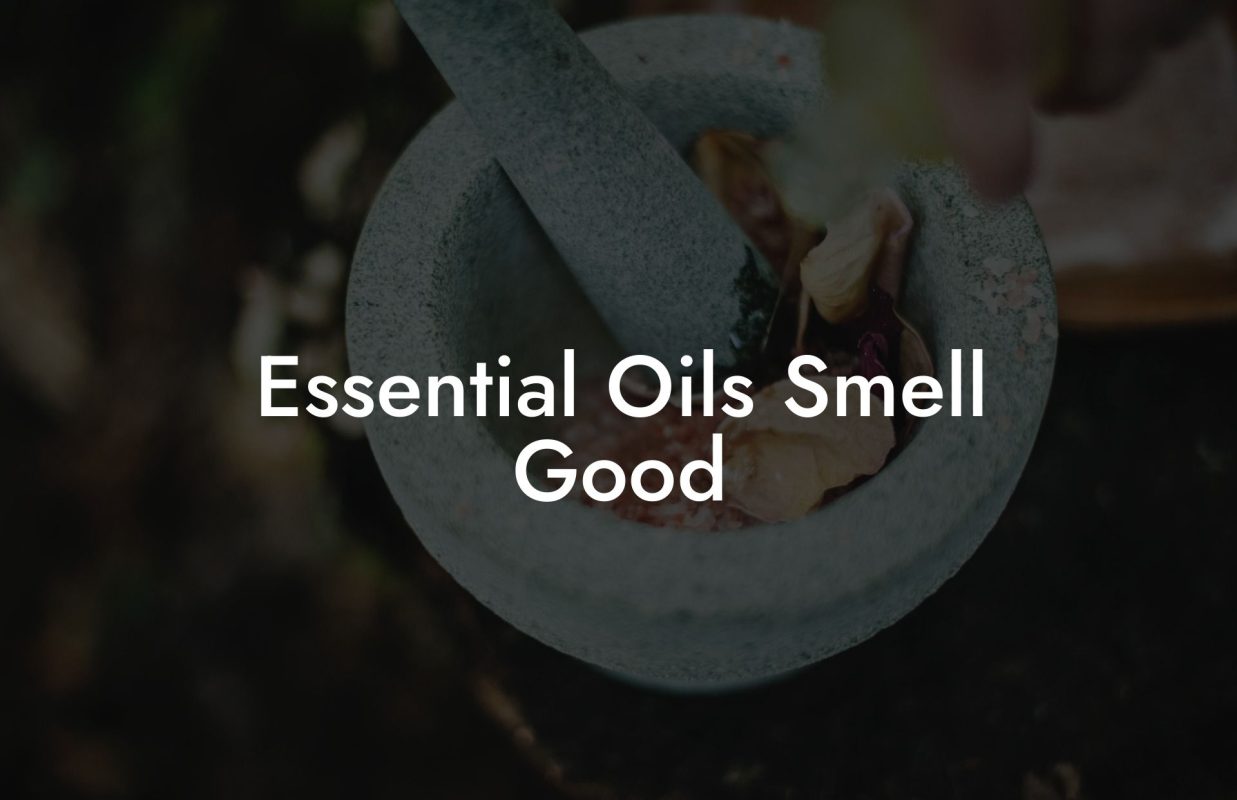Discover the art of blending essential oils for perfume and create your own signature scents that support your well-being. Dive into the world of aromacology and explore the principles of crafting captivating and beneficial fragrances with Oshu Oils.
Table of Contents
Understanding the Structure of a Perfume
Before beginning to blend essential oils for perfume, it’s crucial to understand the basic structure of a fragrance. A perfume is made up of three distinct notes:
- Top notes: These are the initial scents that you experience when you first apply the perfume. Top notes are often citrusy, fruity, or herbal and set the tone for the entire fragrance. They typically last for about 20-30 minutes on the skin.
- Heart (middle) notes: As the top notes dissipate, the heart notes emerge. These are the core aromas of the perfume and often include floral, spicy, or fruity elements. Heart notes can last for several hours and form the backbone of the fragrance.
- Base notes: The base notes provide the foundation of the perfume and contribute to its longevity. They are usually made of heavier, more earthy and woody scents, which can linger on the skin for hours or even days.
Selecting Essential Oils for Each Note
When choosing essential oils for your perfume, take into consideration their volatilities, which determine their evaporation rates and the note they fit into. Below is a guide to help you select essential oils based on their volatility:
- Top Notes: Citrus (bergamot, lemon, lime), herbal (eucalyptus, rosemary), and cooling (peppermint) oils.
- Heart Notes: Floral (lavender, geranium, jasmine), fruity (palmarosa, ylang ylang), and spicy (cinnamon, clove) oils.
- Base Notes: Earthy (vetiver, patchouli), woody (cedarwood, sandalwood), and resinous (frankincense, myrrh) oils.
Blending Tips and Techniques
Now that you have selected your essential oils, keep the following tips in mind when blending:
- Start with a small amount (2-3 drops) of each oil and gradually adjust the quantities as needed.
- Combine the oils in a glass container, avoiding plastic or metal as these can react with the oils.
- Allow the blend to sit for at least 24 hours in a cool, dark place for the scents to meld.
- Keep a record of the oils and quantities used, as well as any modifications made during the blending process.
- Experiment with different oils and combinations to find the perfect scent for your personal preference and well-being.
Blending Essential Oils For Perfume Example:
Here’s an example of a DIY essential oil perfume blend to get you started:
- Top Notes: 3 drops of bergamot and 2 drops of eucalyptus
- Heart Notes: 4 drops of lavender and 2 drops of ylang ylang
- Base Notes: 3 drops of cedarwood and 1 drop of frankincense
Combine the essential oils in a glass container, mix well, and allow to sit for at least 24 hours for the scents to meld. You can then add the blend to a carrier oil or alcohol to create a spray or roll-on perfume.
You’ve now unlocked the secret to blending essential oils for perfume and can embark on a journey of creating personalized and captivating fragrances. Share your newfound knowledge and exquisite creations with friends and family, and spread the joy of aromacology! Dive deeper into the world of essential oils with Oshu Oils’ complete guide series and empower yourself to enhance well-being with our Artisan Essential Earth Oils range.

